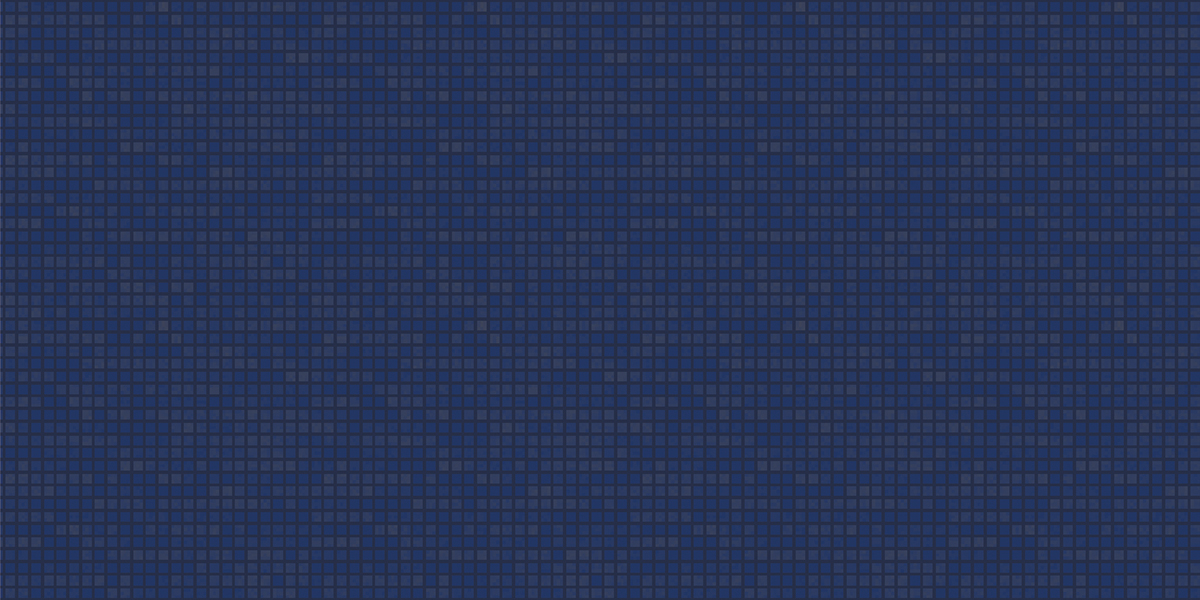University of Mississippi is one of the 2017 winners of the Challenge Fund for Innovation in Journalism Education. See all 10 winners.
Team
- LaReeca Rucker, Journalism Instructor, University of Mississippi
- Rod Guajardo, Editor, Northeast Mississippi Daily Journal
- Ed Meek, Publisher, HottyToddy.com
- Mississippi Today
Visit the University of Mississippi project webpage here.
Describe your project
We have created a news website called Oxford Stories at OxfordStories.net to which students enrolled in journalism classes publish their stories about the community and share them on social media. We want to expand our operation by partnering with local publications, who will select stories from the site and republish the stories like a news wire service. We are in an experimental phase of this now, and would like to continue our experimentation, fully launching in the fall of 2017 with promotion.
What is your live news experiment?
While college is in session, Oxford Stories is the largest news organization in the state. The largest daily newspaper in the state, The Clarion-Ledger, has 40 people in news. We have around 80 student journalists working to produce news stories about their community who publish their stories to OxfordStories.net as part of the class. The stories are edited first by University of Mississippi journalism instructor LaReeca Rucker before they go live on the site. We use multimedia, such as photos, audio, video and Facebook live. We want to expand our program, and turn this website into a fully functioning news wire service, similar to the AP Style. We have partners in place, and we are in the experimental phases of doing this, and funding would help us expand the program to include other publications in the state.
If the experiment works, what do you think might happen?
This college-run news website could become a fully functioning news wire service, like the Associated Press for students, and expand, providing news from our community to other areas of the state. It is a Teaching Hospital Model that requires students to produce professional quality work. It sets a high bar for them, and it would enable them to get their work published, sometimes nationally, through local news organizations that republish their work.
Success would be measured in two ways. Did the student produce professional quality work about the community that was good enough to publish to the website? Did other local publications deem their work good enough to republish? Can we refine this experiment and make it work like a well-oiled machine with the cooperation of other publications?
How is this project unique and innovative?
As a former newspaper reporter, who has worked at both large newspapers and small newspapers, project lead LaReeca understands the current limitations of the news industry. Budgets and reporters are being cut, and those who remain are left to pick up the slack. Some small newspapers, like one of our partners, only has two or three employees, yet they must provide all the news by themselves for a specific community. In launching the Oxford Stories site, the aim was to create a project that would be mutually beneficial to partnering news sites. Students want to get their work published so they can show employees clips. Local news organizations need local content about their communities. We provide that content. They publish student work. It’s a win-win situation.
What technology platforms will you use?
We use WordPress as a content management system for our site and social media sites like Twitter and Facebook primarily. We implement digital photography and photo editing software like Adobe Premiere. We also produce audio using SoundCloud and video with Adobe Premiere.
If it works, how might this experiment change teaching at your school or media practices in your partner’s newsroom?
The website and program demonstrates that our university is placing more emphasis on technology and multimedia. In a small way, that may have led to college leaders introducing more technology programs and placing more emphases technology with new programs like 3-D modeling, data journalism, drone photography and social media marketing. It’s important for college educators to offer students a real world journalism experience. Not all colleges do. The only way to learn how to be a journalist is to dive in and fail several times. This model enables students to do that.Our partners have changed media practices because we have helped reduce their workload by working symbiotically with them.
The University of Mississippi team provided an update on its project in a March 2018 report.
Update: What have you discovered?
I think one of the things that has been sort of revelatory to me throughout the process of creating the concept of a student news wire service and working to get people on board is it is amazing what you can accomplish if you just take the initiative and ask people. I think so many people wait for other people to tell them what to do.
One of the things you learn in journalism is that you have to get things done. Sometimes, you can’t wait around to ask someone. You just have to do it, and ask your boss or whomever for forgiveness later if what you are trying to accomplish backfires. There are exceptions to this way of thinking, but more often than not, being proactive is the best idea and the only way to really accomplish anything.
I have learned to be more proactive since creating Oxford Stories, and I’ve also used some of the journalism skills I’ve developed over the years when asking people if they will collaborate or partner with us. All they can do is say no, but most of them have said yes.

